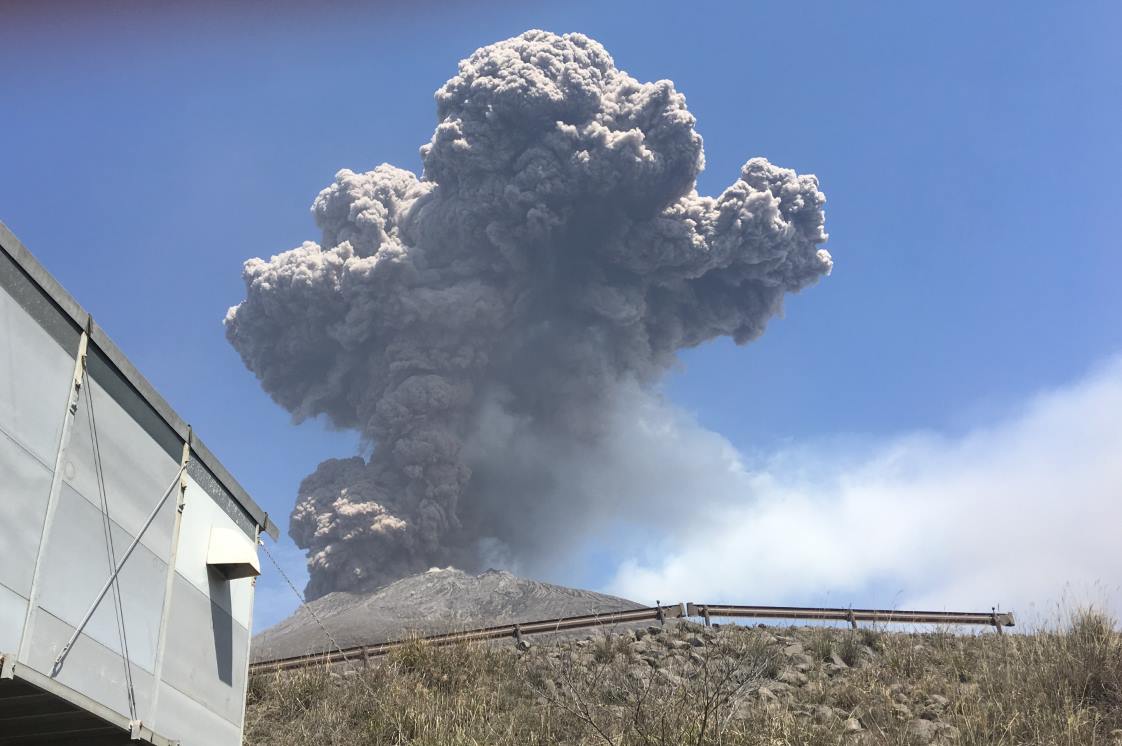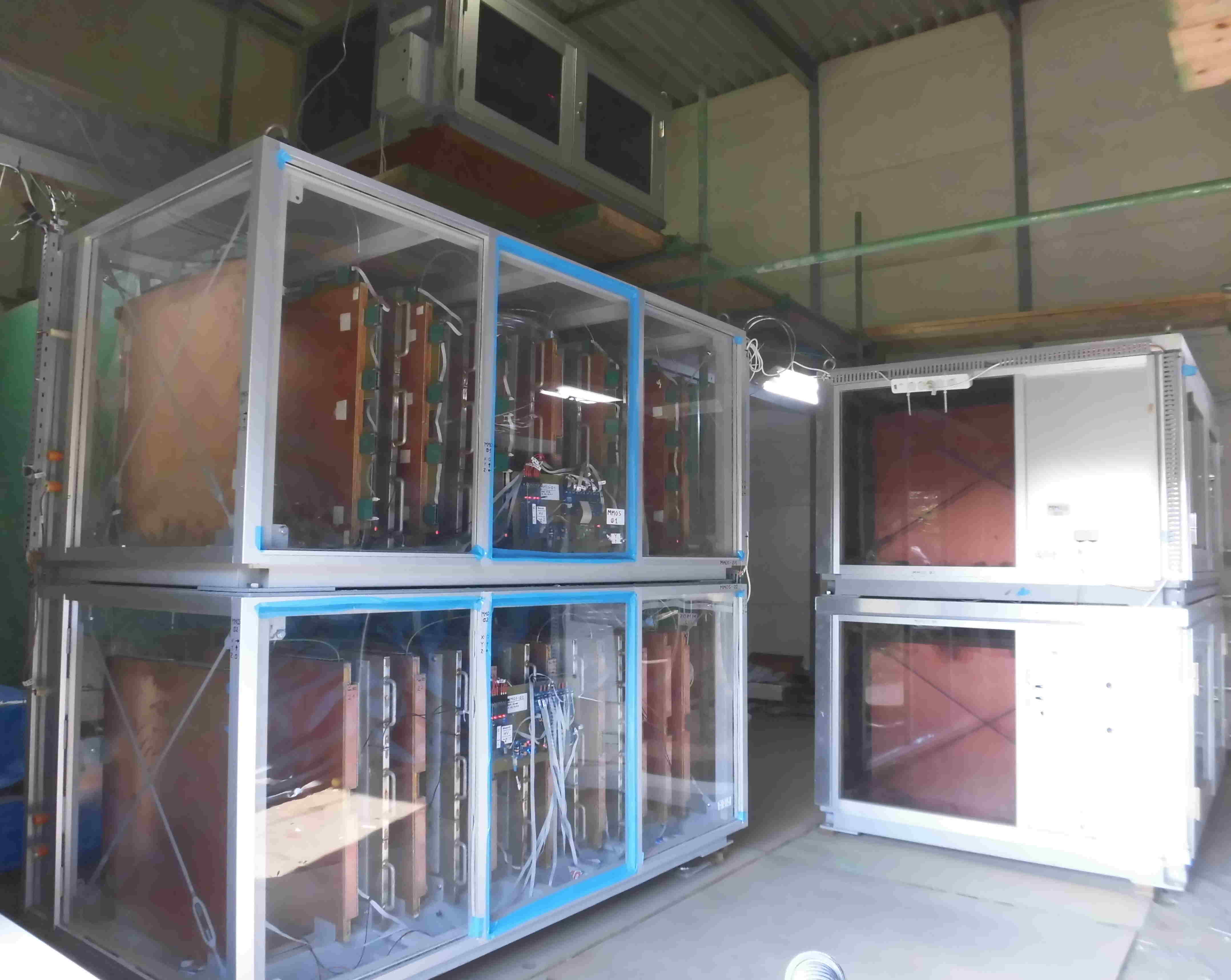Researching Active Volcanism
Better understanding of active volcanism has potential to improve the reliability of volcanic hazard assessments and the safety of surrounding populations and economics. By analyzing the data acquired by the Sakurajima Muography Observatory (SMO) [1-6], we investigate the evolution and movement of materials under the active craters, the time and duration of the occurrence of volcanic processes. We plan to utilize the developed muographic procedures as part of a complex volcanic hazard assessment procedure. The research group plans to join volcanological researches conducted at European volcanoes.

References
[1] Oláh, L., et al. (2017). Képalkotás kozmikus részecskék nyomkövetésével Fizikai Szemle, 2017/3., 747. szám, 74-78. (In Hungarian)
[2] Oláh, L., et al. (2023). Földtudományi kutatások és geotechnikai alkalmazások kozmikus müonok mérésével Magyar Geofizika, 63. évf. 4. szám, 225-241. (In Hungarian)
[3] Oláh, L., Tanaka, H.K.M., Ohminato, T., & Varga, D. (2018). High-definition and low-noise muography of the Sakurajima volcano with gaseous tracking detectors Scientific Reports, 8, 3207.
[4] Oláh, L., Tanaka, H.K.M., & Hamar, G. (2021). Muographic monitoring of hydrogeomorphic changes induced by post-eruptive lahars and erosion of Sakurajima volcano Scientific Reports, 11, 17729.
[5] Oláh, L., Tanaka, H.K.M., Ohminato, T., Hamar, G., & Varga, D. (2019). Plug Formation Imaged Beneath the Active Craters of Sakurajima Volcano With Muography Geophysical Research Letters, 46, 10417-10424.
[6] Oláh, L., et al. (2023). Muon Imaging of Volcanic Conduit Explains Link Between Eruption Frequency and Ground Deformation Geophysical Research Letters, 50, e2022GL101170.

 English
English Magyar
Magyar